
The Essential Guide to Understanding and Overcoming Your Body's Reaction
H t ine I er :

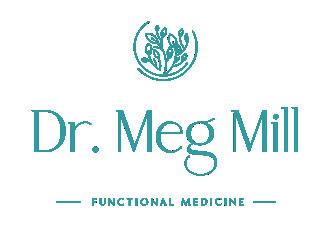

Meet Dr. Meg
I’m Dr. Meg Mill, like you, I've walked a long, tough road with my own health. Since childhood I battled with chronic allergies, skin problems, GI issues, sensitivities, and anxiety. I moved from one specialist to another, always seeking answers, yet left with none.
The turning point came when I found functional medicine. I realized the true healing power lies in understanding and addressing the root causes of our symptoms. Through this journey, I not only healed myself but also discovered a profound passion for helping others facing similar battles.
Now, with hundreds of success stories under my belt, I want to extend this lifeline to you. My approach isn't just about managing symptoms; it's about transforming lives. I’ve developed a unique, compassionate method that combines the best functional medicine approaches, tailored to each individual's needs.
I put together this guide because when you're having mystery symptoms and you're not feeling like yourself, having answers from a trusted source can be the catalyst that helps kick-start your healing.
So, let's dive in!
Xo Meg
HTTPS://MEGMILL.COM/ WWW.MEGMILL.COM

Your Body's Reaction to Histamine
When the immune system detects an allergen, histamine is released from mast cells and basophils. It increases the permeability of blood vessels, allowing immune cells to reach the affected area more easily. It is a chemical involved in immune response, metabolism, and digestion.
Histamine often gets misunderstood. Yet, it's crucial for our health. As a key player in the immune system, histamine helps eliminate allergens, communicates with the brain, and aids digestion by stimulating stomach acid release.
Normally, the body regulates histamine levels using the DAO (Diamine oxidase) enzyme, which breaks down excess histamine. But if there's a DAO shortage or an overload of histamine, it can lead to an accumulation.
This condition, known as histamine intolerance, occurs when the body can't efficiently handle the excess histamine, leading to various health issues. Histamine intolerance can impact the whole body, affecting the gut, brain, lungs, cardiovascular and hormonal systems.
This can cause inflammation, immune and autoimmune issues, and a range of symptoms like hormonal imbalances, migraines, skin problems, digestive disturbances, sleep issues, bladder concerns, anxiety, rapid heart rate, blood sugar fluctuations, seasonal allergies, and more.

HTTPS://MEGMILL.COM/ WWW.MEGMILL.COM

Two key enzymes are responsible for metabolizing histamine in our bodies.
Diamine oxidase (DAO) is an enzyme primarily produced in the small intestine's mucosa, playing a vital role in regulating gut histamine levels. Histamine is found in certain foods, released from immune cells, and is involved in immune responses and other bodily functions.
DAO degrades histamine through oxidative deamination, converting it into imidazole acetaldehyde and hydrogen peroxide, thus preventing its excessive absorption into the bloodstream. This process is crucial for avoiding histamine overload in our bodies.
Factors like gut diseases, an imbalanced microbiome, genetics, certain medications, and dietary components can influence DAO activity. Histamine intolerance is often linked to DAO deficiency or impaired activity. Therapeutic approaches include DAO supplements (click here) and dietary adjustments to manage and, most importantly, healing your gut to improve DAO activity. The most common reason this enzyme is depleted is underly gut issues. Therefore, gut healing protocols are a foundation piece for resolving histamine overload.
The second enzyme is histamine N-methyltransferase (HNMT), which detoxifies

HTTPS://MEGMILL.COM/ WWW.MEGMILL.COM

Common symptoms of excess histamine include:
Headaches, migraines
Rash, hives, itchy skin
Fatigue, dizziness
Gastrointestinal issues
Flushing
Changes in blood pressure
Nasal congestion, sneezing
Asthma, or difficulty breathing
Fatigue.
Heart Palpitations
Dizziness, Anxiety, Difficulty concentrating
Diarrhea (PMS) or cause irregular periods.
Flushing
Joint Pain
Sleep Disturbances: Difficulty falling asleep or staying asleep.
Hight or Low blood pressure
Hives
Vertigo

HTTPS://MEGMILL.COM/ WWW.MEGMILL.COM

Common causes of Histamine Intolerance:
Gut infections or imbalance of gut bacteria, including small intestinal bacterial overgrowth (SIBO), H. Pylori, Candida or Parasites

Mast cell activation disorders (MCAS)
I work with my clients to uncover the root causes of histamine intolerance to achieve a full recovery and optimal health. Gut healing is an essential step to overcoming
However, when working on gut healing and histamine intolerance you need to work with someone who is experienced in both areas. Many of the traditional gut healing protocols will actually aggregate histamine intolerance.
It is essential to take the correct steps in the correct order to resolve and not aggravate symptoms of histamine intolerance.


Low Histamine Diet:
A low-histamine diet can be a great starting point to manage symptoms of histamine intolerance or mast cell activation disorders, while you work in identifying the root cause. It can be a good way to lower your histamine load and evaluate if your symptoms are improving.
I know from personal experience how challenging it can be to navigate a low-histamine diet. These are often healthy foods that you may be trying to eat for the nutrients. While this is a good starting point for investigation it is not a long-term solution. True resolution is found from resolving the root cause or causes of your histamine overload and optimizing the break down of histamine in your body. Once you resolve these issues, you should be able to enjoy these foods again.
I've created a list of some of the most important foods to consider if you are struggling with histamine intolerance. Of course, individual tolerance varies, so you'll still need to figure out your personal triggers.

HTTPS://MEGMILL.COM/ WWW.MEGMILL.COM


Leftover Meats: As meat ages or is stored after cooking, histamine levels can increase due to bacterial activity. This makes leftover meats potentially problematic for individuals with histamine intolerance.
Aging meat involves processes that can lead to higher histamine content, as the aging process allows for the growth of bacteria that produce
Ground meat has more surface area exposed to bacteria, leading to quicker histamine development, especially if not stored and handled properly.
Pork, especially when aged, cured, or improperly stored, can be high in
Cured Meats (Sausage, Salami, Hot Dogs): The curing process often involves fermentation or slow aging, both of which can lead to high histamine levels.
Smoked or Canned Fish: Smoking and canning processes don't necessarily eliminate histamine-producing bacteria, and in some cases, they can contribute to histamine development.
Shellfish, Roe, Caviar: These are naturally high in histamine or can accumulate histamine if not fresh.
Fish Not Gutted and Cooked Immediately After Being Caught: Freshness is key in preventing histamine buildup in fish. The longer the fish is stored, especially if not gutted immediately, the more histamine can develop.
Fish Sauces: Fermentation is a key part of making fish sauces, and this process can lead to high histamine levels.
Canned or Pickled Meats, Fish: Canning and pickling don't necessarily reduce histamine content; in some cases, these methods can increase it.
Bone Broth: Long cooking times can lead to increased histamine levels in bone
Tip- freeze leftover meats immediately, cook soon after butchering
HTTPS://MEGMILL.COM/ WWW.MEGMILL.COM

Buttermilk: Buttermilk is a fermented dairy product. The fermentation process can lead to the formation of histamine because of the presence of bacteria that produce histamine during fermentation.
Fermented Dairy (Yogurt, Kefir, Cheese with Cultures): These products undergo fermentation processes that encourage the growth of bacteria, some of which are histamine-producing. The level of histamine in these products can vary depending on the length of fermentation and the strains of bacteria used.
Sour Cream: Similar to other fermented dairy products, sour cream can contain histamine due to the fermentation process it undergoes.
Dairy Products with Additives, Flavorings, Sweeteners, Coloring, etc.: While these additives themselves are not necessarily histamine-rich, they can sometimes trigger histamine release or exacerbate histamine intolerance symptoms in sensitive individuals. The processing involved in these products can also affect their histamine levels or histamine-releasing potential.
Egg whites are variable and can bother some people with histamine intolerance.
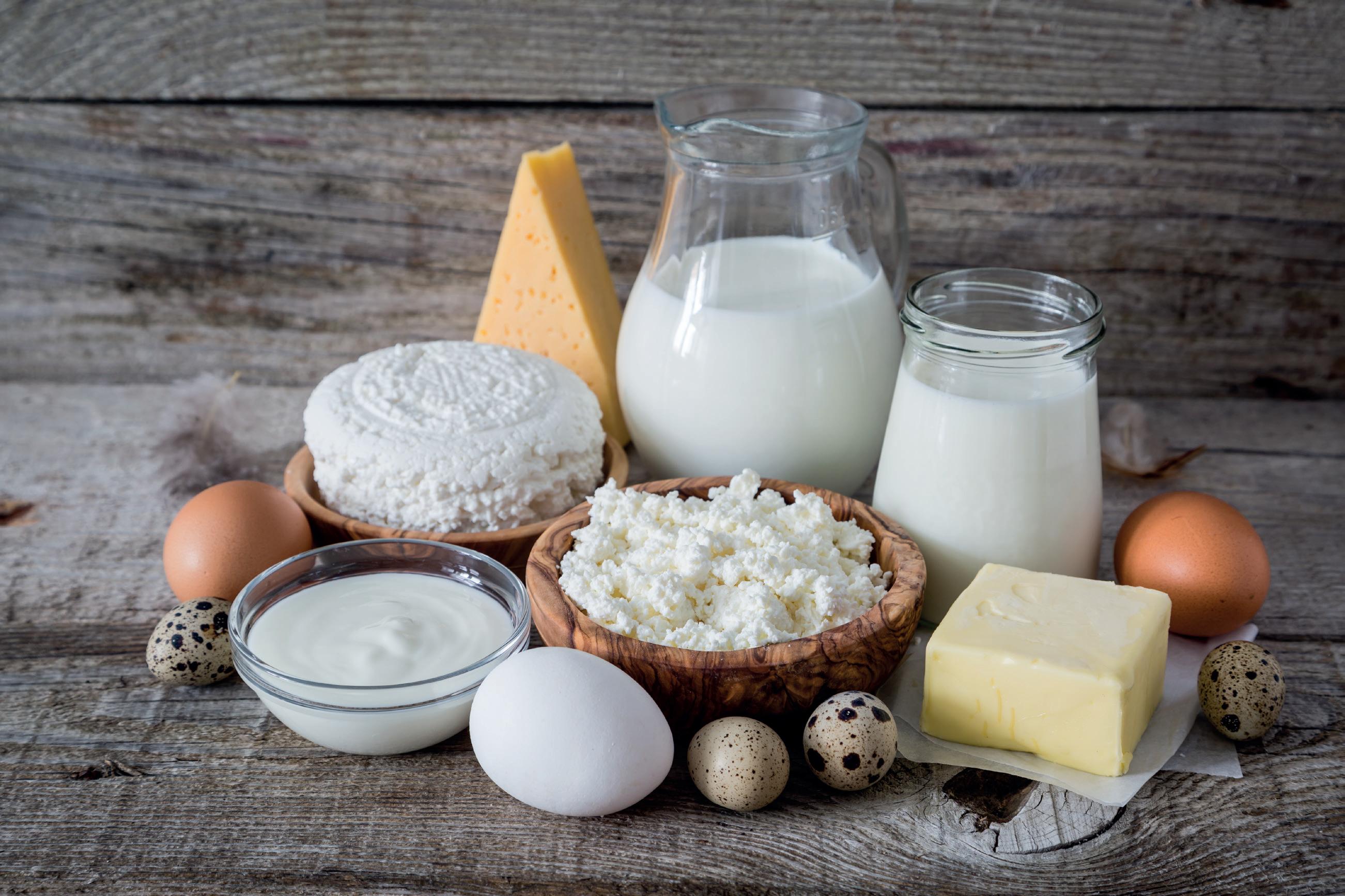
Dairy HTTPS://MEGMILL.COM/ WWW.MEGMILL.COM

Fruits
Dried Fruits: Drying fruits can concentrate histamine and other biogenic amines. Moreover, during the drying process, microbial activity can increase, leading to higher histamine levels.
Avocados: Avocados are known to be high in histamine and can also act as histamine releasers, potentially exacerbating symptoms in individuals with histamine intolerance.
Jams, Jellies, Preserves: These products often contain high-histamine fruits and additional ingredients like sugar, which can exacerbate histamine intolerance symptoms. The processing and storage of these products may also contribute to higher histamine levels.
Strawberries: While not high in histamine themselves, strawberries are considered histamine liberators, meaning they can trigger the release of histamine in the body.
Overripe Fruits: As fruits overripen, they can develop higher levels of histamine due to increased bacterial activity. This makes overripe fruits potentially problematic for those with histamine intolerance.
Frozen or Canned Fruit: The histamine content in these fruits depends on their initial histamine levels before processing and how they were processed. Canned fruits might have higher histamine levels due to the canning process.
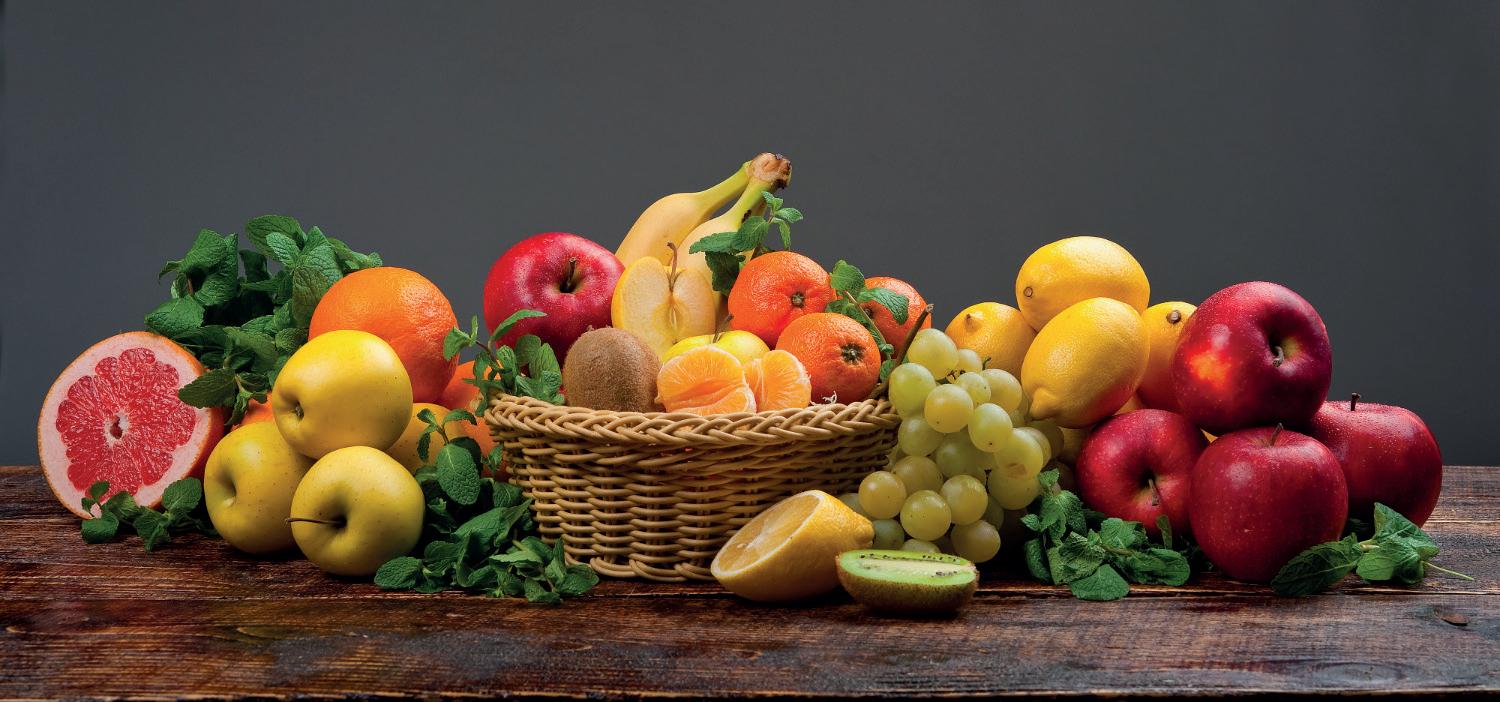
Banana, Citrus Fruits: Bananas and citrus fruits (like oranges, lemons, and limes) are known to be histamine-releasing foods. They might not be high in histamine themselves but can trigger the release of histamine in the body.
HTTPS://MEGMILL.COM/ WWW.MEGMILL.COM

Vegetables
Fermented Vegetables (Kimchi, Sauerkraut, Pickles): Fermented foods, including kimchi, sauerkraut, and pickles, are typically high in histamine. The fermentation process encourages the growth of bacteria that produce histamine.
Tomatoes: Tomatoes are known to be histamine-releasing foods. While they may not be high in histamine themselves, they can trigger the release of histamine in the body.
Nightshades (Eggplant): Eggplant, a member of the nightshade family, is often considered to be a histamine-releasing food, similar to tomatoes. It might not be high in histamine but can contribute to histamine-related reactions in sensitive individuals.
Olives: Olives, especially those that are fermented or cured, can be high in histamine.
Spinach: Spinach is another food that is considered to have high histamine content.
Peanuts and Peanut Butter: Peanuts and peanut butter can be problematic for individuals with histamine intolerance. Peanuts are known to contain histamine and can also act as histamine releasers, potentially exacerbating symptoms in sensitive individuals. Additionally, the processing of peanut butter can influence its histamine content.
Walnuts and Cashews: These nuts are generally considered to be high in histamine or histamine-releasing. As with other nuts, the level of histamine can vary depending on factors like storage conditions and freshness. Walnuts and cashews, like peanuts, can contribute to histamine-related reactions in susceptible individuals.
HTTPS://MEGMILL.COM/ WWW.MEGMILL.COM
Nuts

Beans/Legumes
Canned Beans: Canning does not eliminate histamine that may already be present in the beans. In fact, the histamine levels can increase due to the canning process and storage. Beans, in general, are susceptible to microbial action, which can lead to histamine formation.
Soy/Edamame: Soybeans, including edamame (young soybeans), can be problematic for those with histamine intolerance. They can contain histamine and also act as histamine releasers, exacerbating symptoms in sensitive individuals.
Soy Sauce: As a fermented product, soy sauce typically contains high levels of histamine. The fermentation process encourages the growth of bacteria that produce histamine.
Grains
Wheat Germ: Wheat germ itself is not typically high in histamine, but it can be a problematic food for some individuals with histamine intolerance. This is because wheat germ can be a histamine liberator, potentially triggering the release of histamine in the body. Additionally, wheat germ is often found in processed foods,
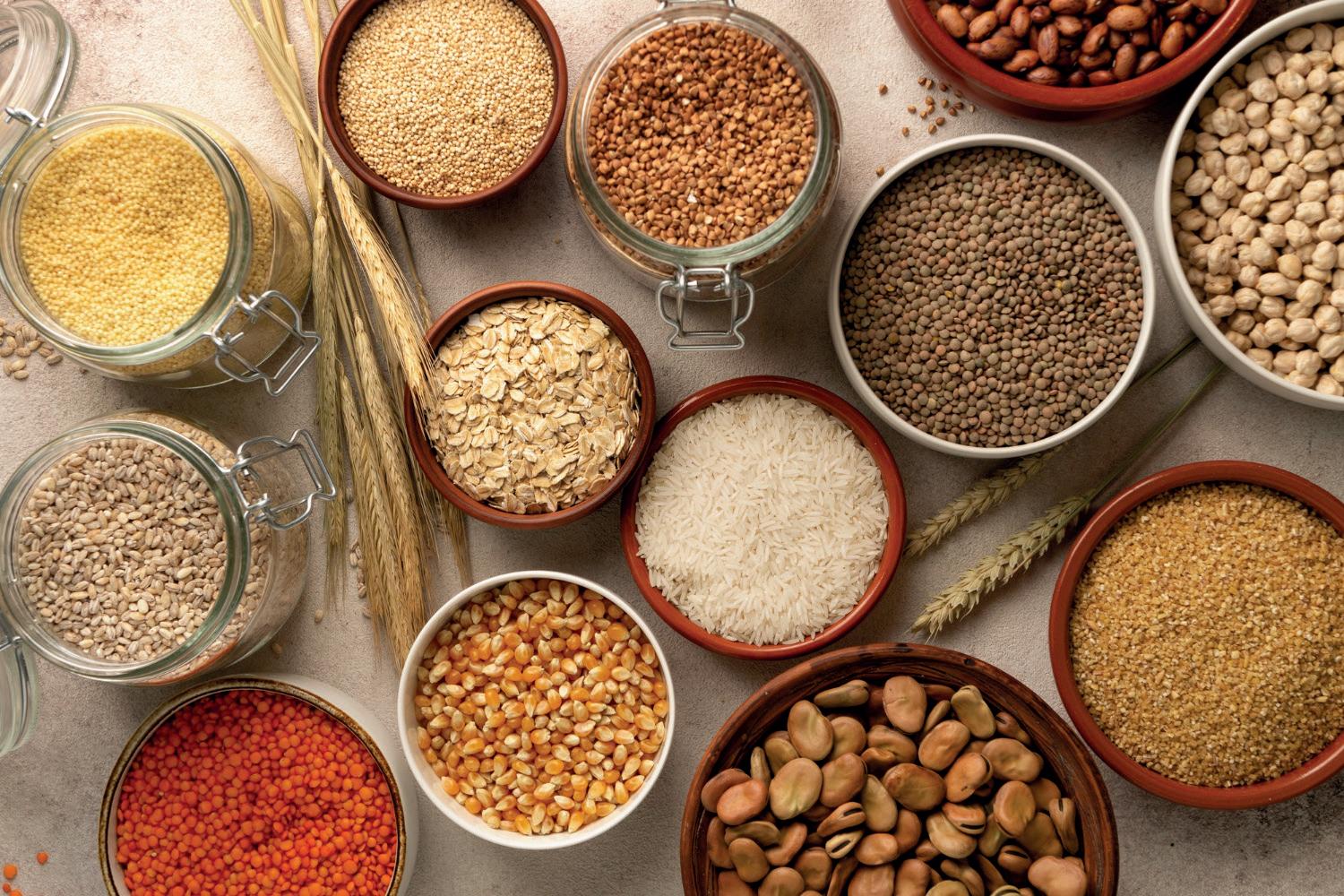
HTTPS://MEGMILL.COM/ WWW.MEGMILL.COM

Alcoholic Beverages (Beer, Wine, Liquor): Alcoholic drinks, especially beer and wine, are high in histamine. The fermentation process involved in their production often leads to the formation of histamine. Some types of liquor may have lower histamine levels but can still trigger histamine release in the body.
Tea Including Green Tea: Tea is known to be a histamine releaser. While not high in histamine itself, it can stimulate the body to release histamine, which can exacerbate symptoms in sensitive individuals.
Soda or Other Carbonated Beverages: Sodas and other carbonated beverages often contain additives, preservatives, and sugars that can be problematic for those with histamine intolerance.
Fermented Beverages (Kombucha, Beer, Cider, Wine): Fermentation leads to histamine formation, making these beverages high in histamine. Kombucha, beer, cider, and wine can all be problematic for individuals with histamine intolerance.
Flavored Drinks, Energy Drinks: These often contain various additives, preservatives, and artificial colorings that can trigger histamine release or aggravate histamine intolerance symptoms.
HTTPS://MEGMILL.COM/ WWW.MEGMILL.COM

Condiments:
Many condiments contain artificial color and flavoring along with vinegar. Vinegar is a fermented product, and the fermentation process can lead to the formation of histamine. This makes most types of vinegar potentially problematic for individuals with histamine intolerance.
Other tips for Following a Low-Histamine Diet:
Freshness is also key - histamine increases as foods age. My advice is to stick to fresh, whole, low-histamine foods as much as possible. Preparing meals at home can make this easier.
Choose fresh over canned, aged, or processed.
Cook meat, poultry, and fish soon after butchering/catching and freeze leftovers immediately.
Check labels for histamine-releasing foods or additives like yeast extract. Take DAO enzyme supplements with meals if needed.
Click here

HTTPS://MEGMILL.COM/ WWW.MEGMILL.COM

While the list of foods to avoid is pretty extensive, there are a lot of foods you can eat. Instead of focusing on what you can't have, try to build your low-histamine diet around everything you can. Some low histamine foods include:
Fresh organic, grass-fed meats
Fresh wild-caught fish
Fresh vegetables (with the exception of the ones listed above)
Gluten-free grains (rice, quinoa)
Coconut milk, hemp milk, almond milk, and rice milk
Egg yolks
Fresh fruit (with the exception the fruit listed above)
Olive oil and coconut oil
Fresh herbs

In Guide to Histamine Intolerance, you receive an extensive selection of foods that are recommended, those to steer clear of, and those with varying effects, all accompanied by detailed meal plans, recipes, and a systematic approach to identifying your unique triggers without feeling food deprived.
HTTPS://MEGMILL.COM/ WWW.MEGMILL.COM

Recipes for a Day
Breakfast
Low Histamine Quinoa Porridge
Ingredients:
1 cup quinoa, rinsed
2 cups water or low histamine milk alternative (like coconut milk)
A pinch of salt
1/2 teaspoon cinnamon (optional, as some individuals might be sensitive to spices)
Fresh berries (such as blueberries or raspberries, if tolerated)
A small handful of pumpkin seeds or sunflower seeds (optional)
1 tablespoon maple syrup or honey (optional, for a touch of sweetness)
Instructions:
Cook Quinoa: In a saucepan, combine rinsed quinoa, water or milk alternative, and a pinch of salt. Bring to a boil, then reduce heat to low. Cover and simmer for 15-20 minutes or until the quinoa is tender and the liquid is absorbed.
Add Flavor: Stir in the cinnamon if using. If you find cinnamon is okay for your histamine tolerance, it can add a nice flavor.
Serve: Spoon the porridge into bowls. Top with fresh berries and seeds for added texture and nutrients. If you've included sweetener, drizzle a little maple syrup or honey on top.
Enjoy: Enjoy your warm and comforting quinoa porridge, a great start to your day!
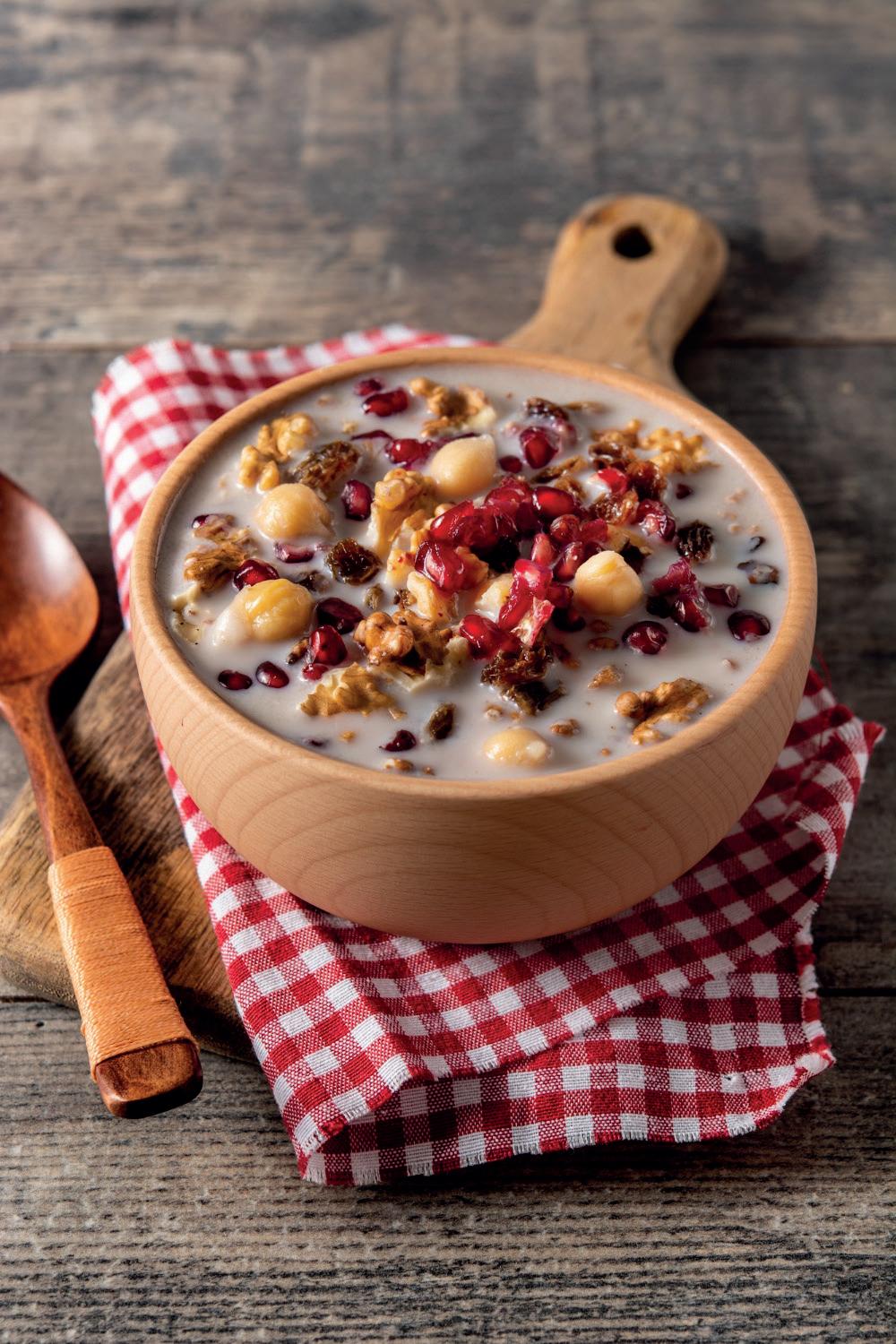
HTTPS://MEGMILL.COM/ WWW.MEGMILL.COM
Lunch
Low Histamine Chicken and Herb Salad
Ingredients:
2 boneless, skinless chicken breasts
1 tablespoon olive oil
Salt and pepper, to taste
A mix of fresh salad greens (like lettuce, arugula)
1/2 cucumber, sliced
1 carrot, shredded
Fresh bell peppers, sliced
A handful of fresh herbs (such as parsley, chives, or basil), chopped
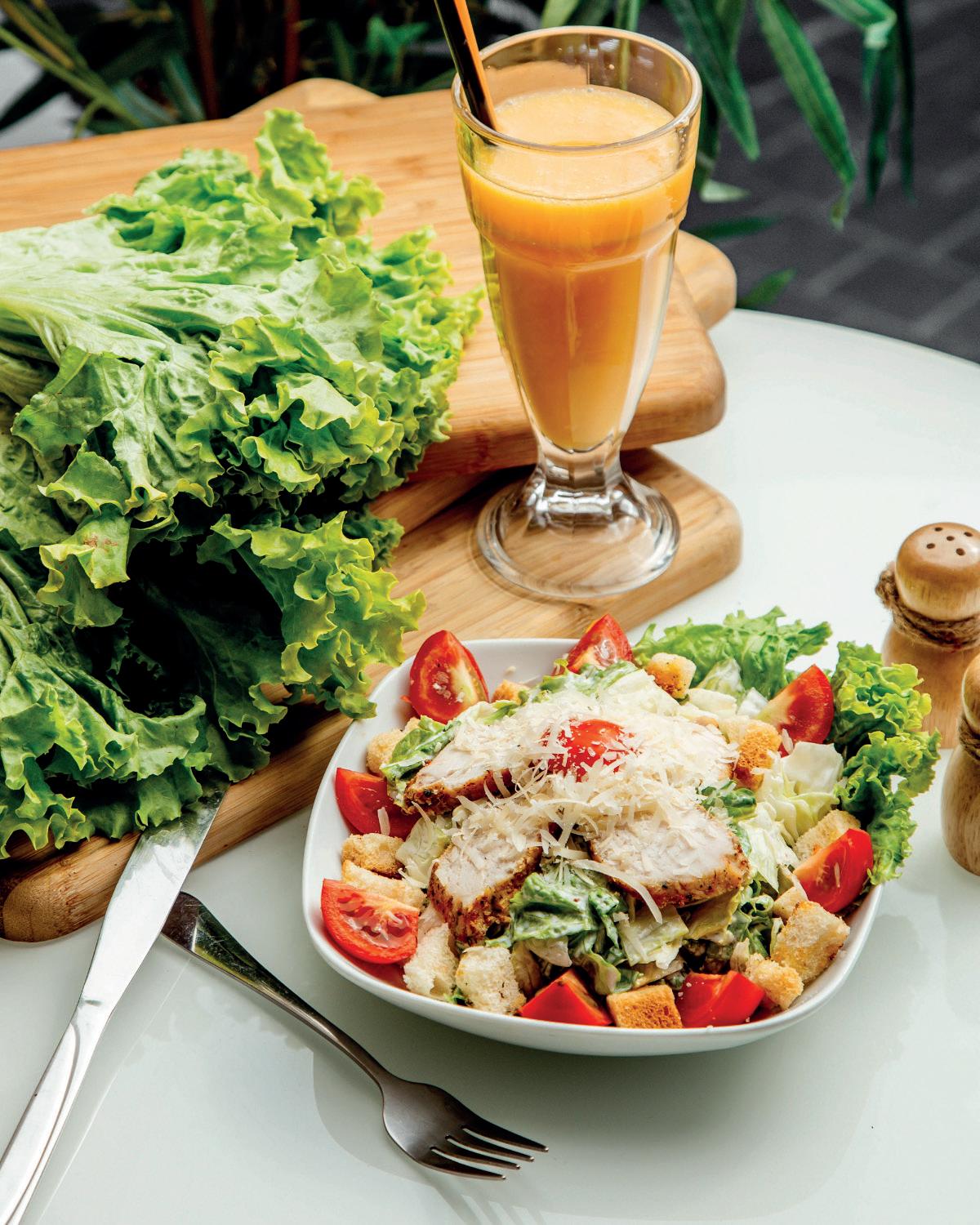
Dressing: For a low histamine dressing, a simple drizzle of olive oil with a sprinkle of salt and pepper works well. You can also squeeze a bit of fresh lemon if you tolerate it well (though some individuals on a low histamine diet might need to avoid citrus). You can add 1 tsp of local honey to add flavor.
Instructions:
Prepare the Chicken: Season the chicken breasts with salt and pepper. Heat olive oil in a skillet over medium heat. Add the chicken and cook until golden and cooked through, about 5-7 minutes on each side. Let it cool and then slice it into strips.
Assemble the Salad: In a large bowl, combine the salad greens, cucumber slices, shredded carrot, and chopped herbs.
Add the Chicken: Add the sliced chicken to the salad.
Dress the Salad: Drizzle with a the dressing.
Serve: Serve the salad fresh, ideally as soon as it's prepared.
Note: This recipe uses ingredients that are typically low in histamine. Chicken is a good protein source and is generally well-tolerated on a low histamine diet when it's fresh and cooked soon after purchase.

Dinner
Low Histamine Grilled Chicken with Herbed Quinoa and Roasted Vegetables
Ingredients:
2 boneless, skinless chicken breasts
1 tablespoon olive oil
Salt and pepper, to taste
1 cup quinoa, rinsed
2 cups water
A handful of fresh herbs (like parsley or thyme), finely chopped
1 zucchini, sliced
1 bell pepper, deseeded and sliced
1 tablespoon coconut oil (for roasting vegetables)
Instructions:
Cook the Quinoa: In a saucepan, combine the quinoa, water, and a pinch of salt. Bring to a boil, then reduce the heat to low, cover, and simmer for 15-20 minutes until the quinoa is fluffy.
Prepare the Chicken: Season the chicken breasts with salt and pepper. Heat olive oil in a grill pan over medium heat. Grill the chicken for about 5-7 minutes on each side, or until fully cooked and golden. Let it rest for a few minutes, then slice.
Roast the Vegetables: Preheat the oven to 400°F (200°C). Toss the zucchini and bell pepper in coconut oil, salt, and pepper. Spread them on a baking sheet and roast for 20-25 minutes until tender and slightly caramelized.
Mix Quinoa with Herbs: Once the quinoa is cooked, stir in the chopped herbs.
Serve: Place a portion of herbed quinoa on each plate, top with grilled chicken slices, and accompany with roasted vegetables.
Enjoy: Your wholesome and flavorful low histamine dinner is ready!
Note: This recipe uses ingredients that are typically low in histamine. Chicken is a good protein source and is generally well-tolerated on a low histamine diet when it's fresh and cooked soon after purchase.

Supplements to Help with Histamine Intolerance:
Quercetin: Quercetin, a potent compound found in a variety of plant foods like apples, berries, cherries, grapes, and a range of vegetables from peppers to kale, acts as a significant anti-inflammatory agent and a treasure trove of antioxidants. Not only does it enrich your diet with health-promoting flavonoids, but it also functions as a stabilizer for mast cells, potentially reducing histamine levels and offering natural relief from related symptoms. Click here for my favorite quercetin.
Vitamin C: help stabilize the release of histamine from mast cells. Histamine is a compound released by mast cells during immune responses, which can lead to inflammation and other symptoms associated with MCAS. By stabilizing mast cells, vitamin C may help to reduce the excessive release of histamine. Click her for Vitamin C
DHist - Ortho Molecular: DHist is a fantastic blend of flavonoids, antioxidants, proteolytic enzymes, and botanicals. It is great for mast cell activation, histamine intolerance, and allergies. Click here for D-Hist.
DAO Enzyme: Diamine oxidase (DAO) is an enzyme that your body uses to break down histamine. When your body doesn't produce enough DAO, or if there's an excess of histamine due to severe mast cell activation or intolerance, supplementing with DAO may be necessary to assist in histamine clearance. Click here for my favorite DAO enzymes
Low Histamine probiotic: Some bacteria in the gut have the capability to produce histamine, which can exacerbate symptoms in individuals with histamine sensitivity or conditions such as Mast Cell Activation Syndrome (MCAS). This is why it's critical for those sensitive to histamine to choose probiotics that are specifically labeled as low in histamine-producing species. CLICK HERE for a low histamine probiotic.
HTTPS://MEGMILL.COM/ WWW.MEGMILL.COM

Next Steps
I hope you find this handout helpful as an initial guide to reducing dietary histamine. However, fully optimizing histamine levels in your body often takes expert guidance and an abundance of resources.
I work with my clients to uncover the root causes of histamine intolerance to achieve a full recovery and achieve optimal health. Gut healing is an essential step to overcoming histamine intolerance, along with uncovering other root causes.
However, when working on gut healing with histamine intolerance, it is essential to work with someone who is experienced in both areas. Many of the traditional gut healing protocols will actually aggregate histamine intolerance.
It is essential to take the correct steps in the correct order to resolve and not aggravate symptoms of histamine intolerance.
I’m passionate about helping my clients find food freedom, even with histamine intolerance and other food sensitivities. If you're ready to heal your relationship with food and feel your best, I invite you to book a discovery call with me to get started!
On this call, we'll discuss your unique situation and begin formulating a plan tailored to your needs. Let's work together to turn your symptoms into a story of the past and guide you toward a life brimming with energy, vibrancy, and confidence.
Book your discovery call today, and start your journey to a life filled with the vitality you deserve.
In Health, Meg
HTTPS://MEGMILL.COM/ WWW.MEGMILL.COM


















